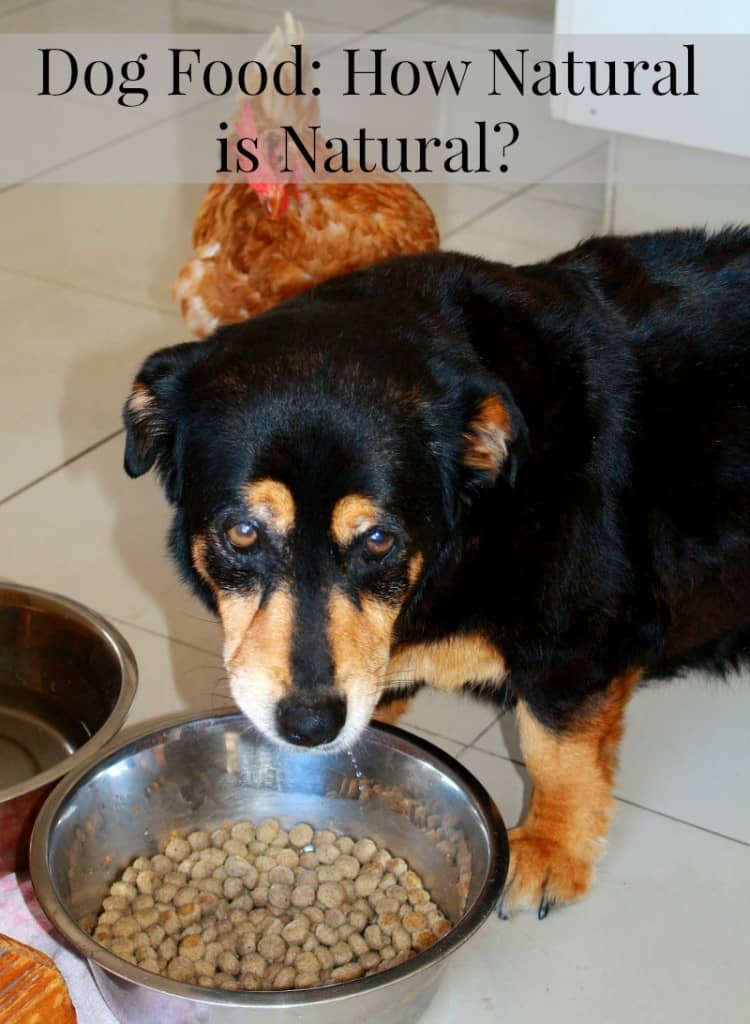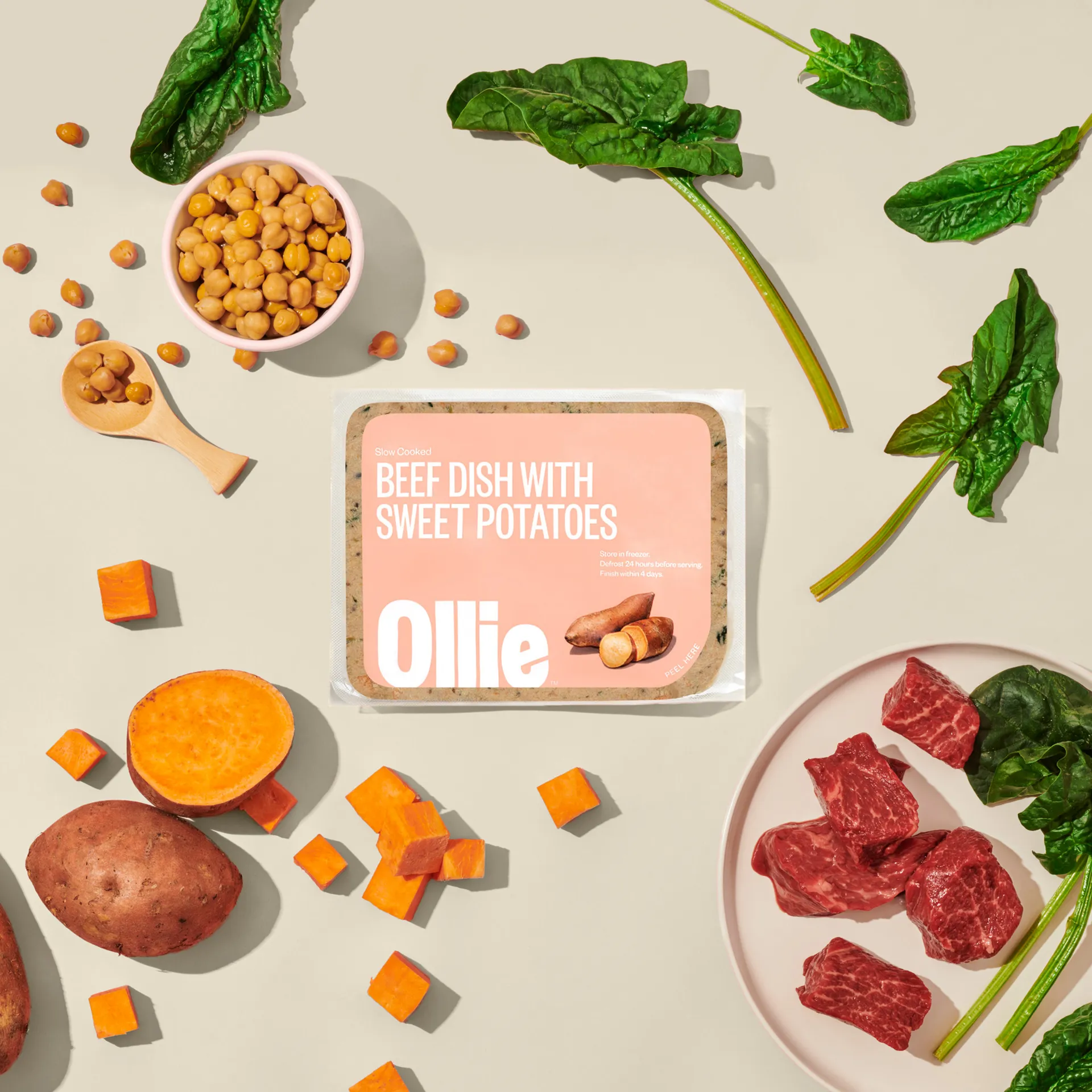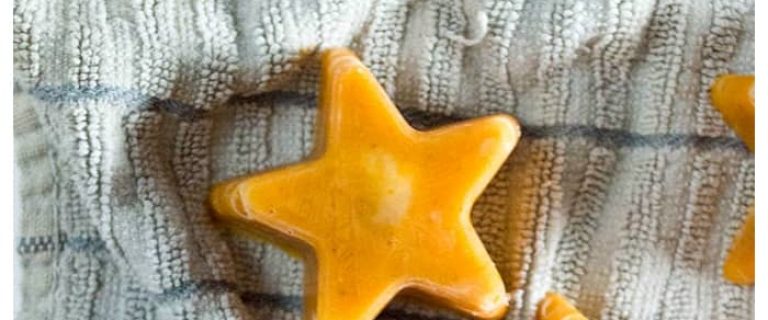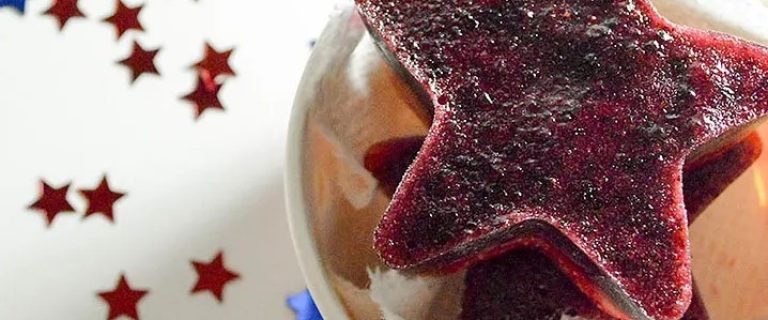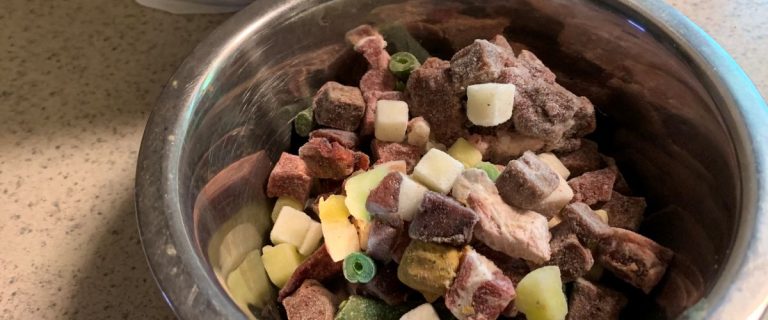Thinking about switching your pup to a more “natural” diet? You’re not alone. These days, the word “natural” is plastered across dog food packaging like it’s a gold medal—natural ingredients, natural nutrition, naturally delicious! But what does that actually mean? And more importantly, how natural is natural dog food, really?
Let’s dig into the truth behind the label and figure out how to choose food that’s not just natural on the outside, but truly beneficial for your dog on the inside.
Related: Best Dog Food Delivery Services
What Does “Natural” Mean in Dog Food?
If you’re used to shopping for human food, you might assume there’s a strict definition behind the term “natural.” Surprise: when it comes to pet food, that label isn’t as tightly regulated as you’d hope.
In the U.S., the FDA and AAFCO (Association of American Feed Control Officials) have guidelines around the term “natural,” but they’re incredibly broad. According to AAFCO, “natural” dog food must be made without artificial flavors, colors, or synthetic preservatives—unless clearly stated otherwise on the label.
In other words: there’s wiggle room. A company can slap the word “natural” on the bag and still include a few questionable ingredients, as long as they play by the labeling rules.
Red Flags: Signs Your “Natural” Dog Food Isn’t So Natural
Before you grab that colorful bag with leafy green logos and farm-fresh promises, here are some quick ways to spot the not-so-natural options hiding behind clever marketing.
❌ It’s unnaturally colorful
Does your dog’s kibble look like a cereal bowl exploded? Bright red, neon yellow, and vibrant green are a dead giveaway that artificial dyes are involved. These colors are for you, not your dog—because let’s face it, your pup doesn’t care if his kibble matches the rainbow.
Even when natural colors are used (like beet juice or turmeric), it’s worth asking why the manufacturer focused on the aesthetics of the food instead of the quality.
❌ The ingredients read like a chemistry textbook
Scan the ingredient list for anything that starts with butyl-, propyl-, or ethoxy-. These are common prefixes for synthetic preservatives, like BHA, BHT, or ethoxyquin, which have been linked to health concerns in both animals and humans.
Instead, look for natural preservatives like mixed tocopherols (a form of vitamin E) or rosemary extract. They may not keep the food shelf-stable for years, but they’re far less questionable.
❌ The protein source is vague or low-quality
You want to see clearly named protein sources like “chicken,” “salmon,” or “beef” listed first. If the bag leads with “meat meal,” “animal by-product,” or “poultry digest,” take a pause. Not all by-products are bad (some contain nutrient-dense organs), but they shouldn’t make up the bulk of your dog’s dinner.
So, What Should You Look for in a Natural Dog Food?
Once you know what to avoid, it’s time to flip the script. Let’s talk about what actually makes a natural dog food worth feeding.
✅ Simple, recognizable ingredients
The best dog foods are like your favorite home-cooked meal—made with real, whole ingredients that you can pronounce. Think:
- Real meat or fish as the first ingredient
- Whole vegetables like sweet potatoes, peas, or carrots
- Healthy fats from chicken fat or flaxseed oil
- Natural preservatives like vitamin E
- (Optional) Grains like brown rice or oatmeal if your dog isn’t sensitive
✅ No unnecessary fillers
Corn, wheat, soy—while technically “natural,” these ingredients often serve more as cheap fillers than beneficial nutrients. They’re not inherently evil, but they’re also not the most nourishing choice.
A good rule of thumb? If the food contains more grain than meat, it’s time to move on.
✅ Transparency from the brand
The more upfront a company is about sourcing, ingredient quality, and testing, the better. Bonus points if they go above and beyond basic AAFCO requirements, like using human-grade ingredients (like Ollie), avoiding GMOs, or undergoing third-party testing.
Fresh, human-grade food made from real ingredients for a healthier pup today and tomorrow. Recipes made from whole food ingredients, slow cooked for nutrition and flavor and always fresh.
⭐ LIMITED TIME OFFER⭐
SAVE 60% OFF YOUR FIRST BOX
Don’t Fall for the “Natural” Buzzword
Here’s the thing: just because something is natural doesn’t mean it’s healthy. Poison ivy is natural. So is moldy bread.
When choosing a natural dog food, don’t just go by the buzzwords. Look at the whole picture—what’s in the food, how it’s made, and most importantly, how your dog responds to it.
Every Dog is Different—Trust Your Pup, Not Just the Package
Even the most premium natural dog food might not be the right fit for your dog. Allergies, sensitivities, breed-specific needs, and personal preference all play a role.
Let me give you an example: I had a German Shepherd who did terribly on one of the highest-rated natural dog foods. It was full of quality ingredients and came highly recommended, but within days, she was itching like crazy. Turns out she was sensitive to one of the protein sources. Once I switched her back to her regular food (which wasn’t even grain-free or trendy), she stopped scratching and was back to her usual happy self.
Moral of the story? Your dog’s reaction trumps the label. Keep an eye on:
- Changes in energy level
- Digestive issues (loose stools, gas, etc.)
- Skin problems (itching, hotspots)
- Bad breath or dull coat
If something’s off, it might be time to switch—even if the food looks good on paper.
Bottom Line: “Natural” Isn’t Always What It Seems
In a perfect world, the word “natural” would mean every ingredient is fresh, wholesome, and perfectly tailored to your dog’s needs. In reality, it’s often just a marketing tool.
So be picky. Read labels. Research brands. Don’t get swept up in packaging with rolling hills and happy cartoon chickens. And most importantly, listen to your dog. He’ll tell you what’s working long before a label ever will.
Author
-

Hi there! I'm Nicole, the editor-in-chief and one of the writers here at DogVills. I've been a dog owner for most of my adult life and a dog lover for much longer than that. I grew up with a wonderful German Shepherd named Jake, who I loved SO much that I named my son after him. When I'm not writing for DogVills or my own site, Pretty Opinionated, I love spending time with my teenager (when he actually lets me) and my Pharaoh Hound, Freya. I'm also an avid reader AND a total TV fanatic.
View all posts
